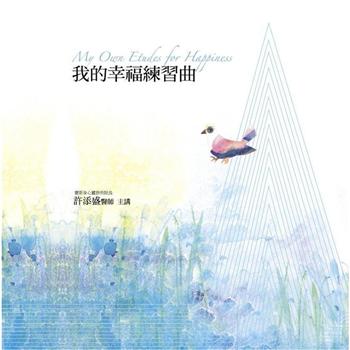Spinal cord ischemia frequently affects the lower part of the dorsal spinal cord. Our study highlighted rare etiologies of MI such as surfer’s myelopathy, systemic lupus erythematosus and post-VZV vasculitis. Even with a full etiological work-up, the cause may remain undetermined in a quarter of cases. We emphasize the contribution of diffusion MRI and the search for intrathecal synthesis. Treatment in our study was essentially etiological. Currently, treatment is based on control of hemodynamic parameters with vasopressors and CSF drainage. Thrombolysis has been reported in the literature within 6 hours of onset of symptoms. We noted an improvement in 66.66% of patients, even at a distance from the acute episode, prompting clinical follow-up. The main poor prognostic factors in our study were the extent of motor deficits during the first 24 hours and the absence of improvement after the acute phase, as well as advanced age and, of course, the severity of the underlying etiology.
| FindBook |
有 1 項符合
Spinal cord ischemia的圖書 |
 |
Spinal cord ischemia 作者:Farhat 出版社:Our Knowledge Publishing 出版日期:2024-07-31 語言:英文 規格:平裝 / 52頁 / 22.86 x 15.24 x 0.3 cm / 普通級/ 初版 |
| 圖書館借閱 |
| 國家圖書館 | 全國圖書書目資訊網 | 國立公共資訊圖書館 | 電子書服務平台 | MetaCat 跨館整合查詢 |
| 臺北市立圖書館 | 新北市立圖書館 | 基隆市公共圖書館 | 桃園市立圖書館 | 新竹縣公共圖書館 |
| 苗栗縣立圖書館 | 臺中市立圖書館 | 彰化縣公共圖書館 | 南投縣文化局 | 雲林縣公共圖書館 |
| 嘉義縣圖書館 | 臺南市立圖書館 | 高雄市立圖書館 | 屏東縣公共圖書館 | 宜蘭縣公共圖書館 |
| 花蓮縣文化局 | 臺東縣文化處 |
|
|
圖書介紹 - 資料來源:博客來 評分:
圖書名稱:Spinal cord ischemia
|











